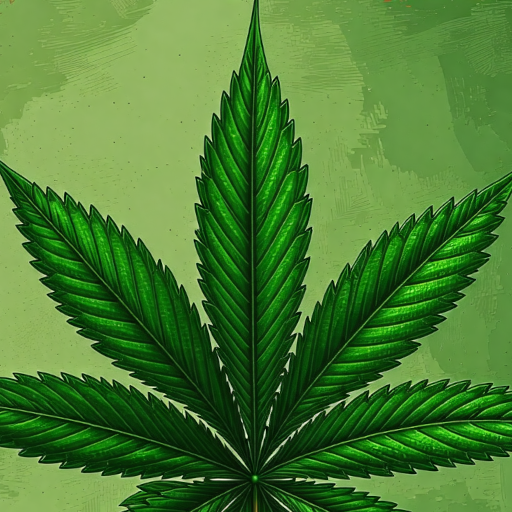
In the ongoing discourse surrounding the opioid crisis in the United States, a newly published analysis presents compelling evidence that legalizing recreational marijuana may play a significant role in mitigating opioid overdose deaths. The paper, recently posted on the Social Science Research Network (SSRN), reveals a “consistent negative relationship” between the legalization of adult-use cannabis and the incidence of fatal opioid overdoses. Utilizing a sophisticated difference-in-differences analytical methodology, the research team asserts that recreational marijuana legalization (RML) correlates with a reduction of approximately 3.5 deaths per 100,000 individuals, particularly pronounced in states that embraced cannabis legislation earlier in the opioid epidemic.
The authors of the study, affiliated with institutions such as Texas Tech University and the American Institute for Economic Research, employed an innovative analytical framework termed the “C&S approach,” named after its architects. This methodological technique enabled the researchers to establish a plausible causal linkage between the adoption of RML and the subsequent decline in opioid overdose mortality rates. They argue that the adoption of RML prompted an immediate decrease in opioid-related deaths, a trend that became more pronounced and sustained over time, particularly in states that legalized marijuana early in the crisis.
The research delineates a noteworthy distinction in outcomes based on the timing of cannabis legalization. States that instituted RML during the initial phases of the opioid crisis exhibited immediate and long-lasting reductions in overdose rates. Meanwhile, those that legalized cannabis later demonstrated a similar trend, albeit with a lagged effect, suggesting that the full benefits of legalization may take several years to manifest as dispensaries become operational and public awareness increases.
The opioid crisis, characterized by alarming rates of overdose deaths and widespread addiction, has prompted numerous public health interventions. Previous studies have indicated that access to medical marijuana can lead to a decrease in opioid prescriptions, suggesting that cannabis may serve as a viable alternative for pain management. The current analysis extends this hypothesis to the realm of recreational use, positing that broader access to cannabis could alleviate some of the public health burdens associated with opioid misuse.
Despite the promising findings, the authors acknowledge several limitations inherent in their analysis. The study did not encompass data on nonfatal overdoses or hospitalization rates, which are critical metrics for a comprehensive understanding of the opioid crisis. Moreover, the relatively nascent nature of RML—having been implemented in many states within the last decade—restricts the scope for assessing long-term effects on overdose mortality.
Given the findings presented in this study, there are significant implications for public health policy concerning the management of opioid use disorders. The authors advocate for the continued exploration and potential implementation of RML as a strategic approach to combat the opioid epidemic. They suggest that facilitating greater access to marijuana could provide a substitution effect for individuals grappling with opioid dependency, thereby reducing reliance on more dangerous narcotics.
Furthermore, the authors propose that the C&S approach could be harnessed for future research endeavors aimed at exploring the effects of various pharmacological interventions and healthcare policies on opioid-related health outcomes. As the medical community strives for safer pain management alternatives, the evidence supporting the efficacy of cannabis in this domain may become increasingly relevant.
The findings align with a growing body of literature suggesting that marijuana may be an effective substitute for opioids. Research from Utah indicates that the legalization of medical marijuana has led to decreased opioid use among patients with chronic pain, corroborating the notion that cannabis can provide substantial pain relief with a lower risk of adverse effects compared to traditional opioid analgesics.
Other studies have highlighted trends indicating that legal access to cannabis is associated with diminished opioid prescription rates and reduced opioid-related morbidity. The cumulative evidence from these studies underscores the potential for cannabis, both medical and recreational, to serve as a pivotal element in contemporary pain management strategies.
In conclusion, the recent analysis published on SSRN provides significant insights into the relationship between recreational marijuana legalization and opioid overdose mortality rates. As the opioid epidemic continues to impose a heavy toll on public health, exploring alternative therapeutic avenues, such as cannabis, may yield beneficial outcomes. The findings advocate for a reevaluation of cannabis policies in the context of opioid use disorder, suggesting that broader access to marijuana could substantively contribute to alleviating the ongoing crisis. Future research employing robust methodologies will be essential to further elucidate the intricate dynamics between cannabis legalization and opioid-related health outcomes.

